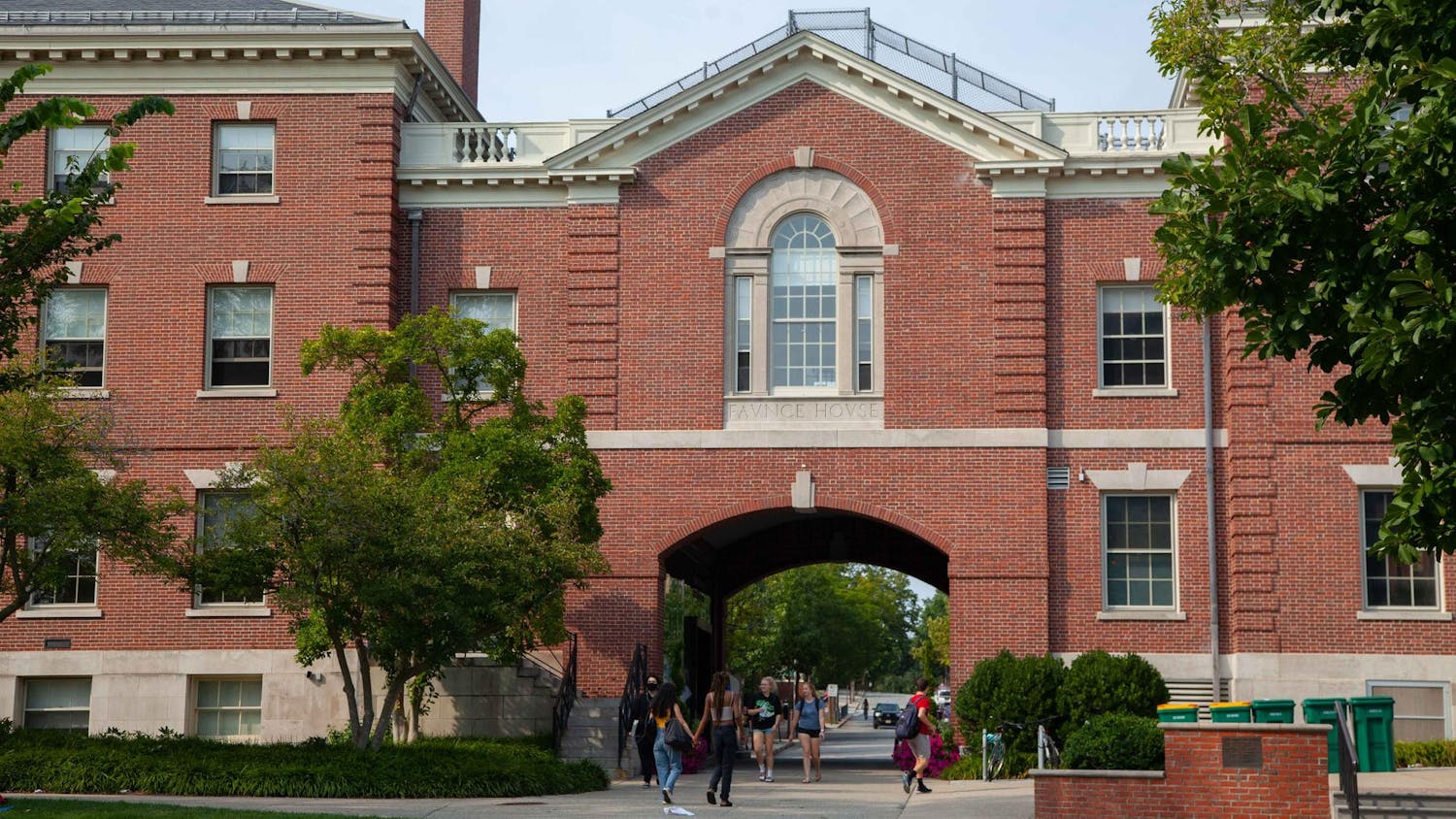For the fifth consecutive year, Brown’s graduating class in 2013 had the highest student loan debt per borrower in the Ivy League.
Students in the class who borrowed money graduated with an average $24,382 in debt, according to a report published by the Institute for College Access and Success, a nonprofit organization — a 3.7 percent increase over the previous year’s debt average.
Though below the national average of $28,400 and statewide average of $31,561, the University’s average debt per borrower exceeds that of its Ivy peers.
“I think financial aid is about resources,” said James Tilton, director of financial aid, citing Harvard, Princeton and Yale as schools able to fund no-loan financial aid packages for all students receiving aid. Penn also has a no-loan financial aid program, according to its financial aid website.
Much of Brown’s financial aid is funded by revenue from tuition and fees and endowment funds, Tilton said.
Brown’s endowment was valued at $3.2 billion for the fiscal year that ended in June 2014 — a record high for the University, but the lowest in the Ivy League.
In the same year, Harvard’s endowment surpassed $36.4 billion, Princeton’s endowment was valued at $21 billion, and Yale’s endowment was $23.9 billion, according to the schools’ respective reports.
Dartmouth’s average loan debt per borrower has fallen every year since at least the class of 2008. Dartmouth piloted a no-loan program starting with 2012 graduates, said Virginia Hazen, the college’s director of financial aid.
But Dartmouth’s class of 2015 may see an increase in average debt per borrower. Beginning with this year’s graduating class, the full no-loan program ended and only students with family incomes under $100,000 are guaranteed no loans in their financial aid packages, Hazen said.
Brown’s average debt per borrower has increased a total of 11.5 percent over the past five years, according to TICAS reports. There have been no changes to Brown’s financial aid policies since 2008, when the University started a no-loan program for students with family incomes below $100,000, Tilton said.
Tilton said he did not envision “any major changes” going forward, though he added that the overall administration decides all financial aid policy changes.
Rhode Island graduates in the class of 2013 had the fourth-highest average loan debt per borrower in the United States, according to the TICAS report.
“Generally speaking, the cost of college is going to have the greatest effect on the debt levels on students,” said Ben Miller ’07, a senior policy analyst at New America, a nonprofit liberal think tank.
“In general, Rhode Island and the entire New England is a higher cost area because there is a higher percentage of private institutions,” said Noel Simpson, deputy director and chief financial and compliance officer at the Rhode Island Student Loan Authority, a nonprofit state organization.
Though Brown’s tuition is the highest in the state, the University had the second-lowest debt per borrower.
Rhode Island College has the lowest debt per borrower in the state at $23,538, according to the TICAS report. 2013 graduates from Bryant University left school with the highest average debt statewide, at an average of $41,613 per borrower.
Laura Hart, director of college communications and marketing at RIC, said “affordability has been a priority” at the school, and the Learning for Life program provides peer-to-peer guidance for students who need academic, financial and social support.
At Brown, the Financial Aid Office holds a series of financial literacy seminars and workshops throughout the year. Tilton said he wishes “they were better attended,” adding that more students seem to know about the financial aid programs.
Comparing the debt averages of different schools is not perfect. Factors such as tuition cost, availability of grant aid and student demographics vary across different states and sectors, said Matthew Reed, program director at TICAS.
“You would see more financial aid at an institution like Brown as compared to other institutions in the state,” Simpson said. This is because among private institutions in the state, Brown has “more resources available to be distributed,” he said, citing the University’s relatively larger endowment.
“Brown is among the small number of colleges and universities that have high tuition and cost of attendance but also have considerable need-based grant aid funded by resources from endowment and in some cases by annual giving and alumni,” Reed said.
A previous version of this article mistakenly identified the director of college communications and marketing at Rhode Island College. Her name is Laura Hart, not Kim Hart. The Herald regrets the error.
ADVERTISEMENT




